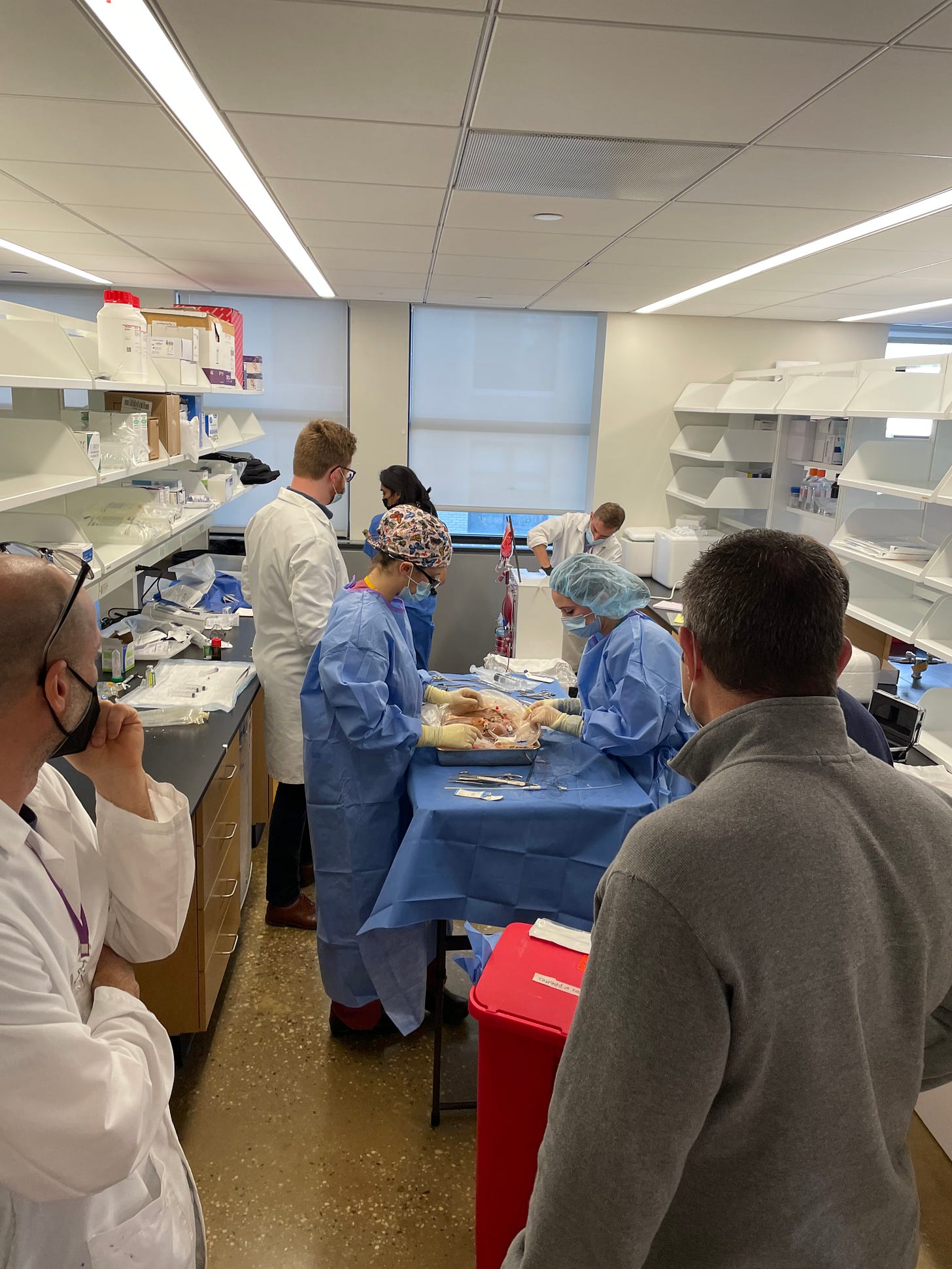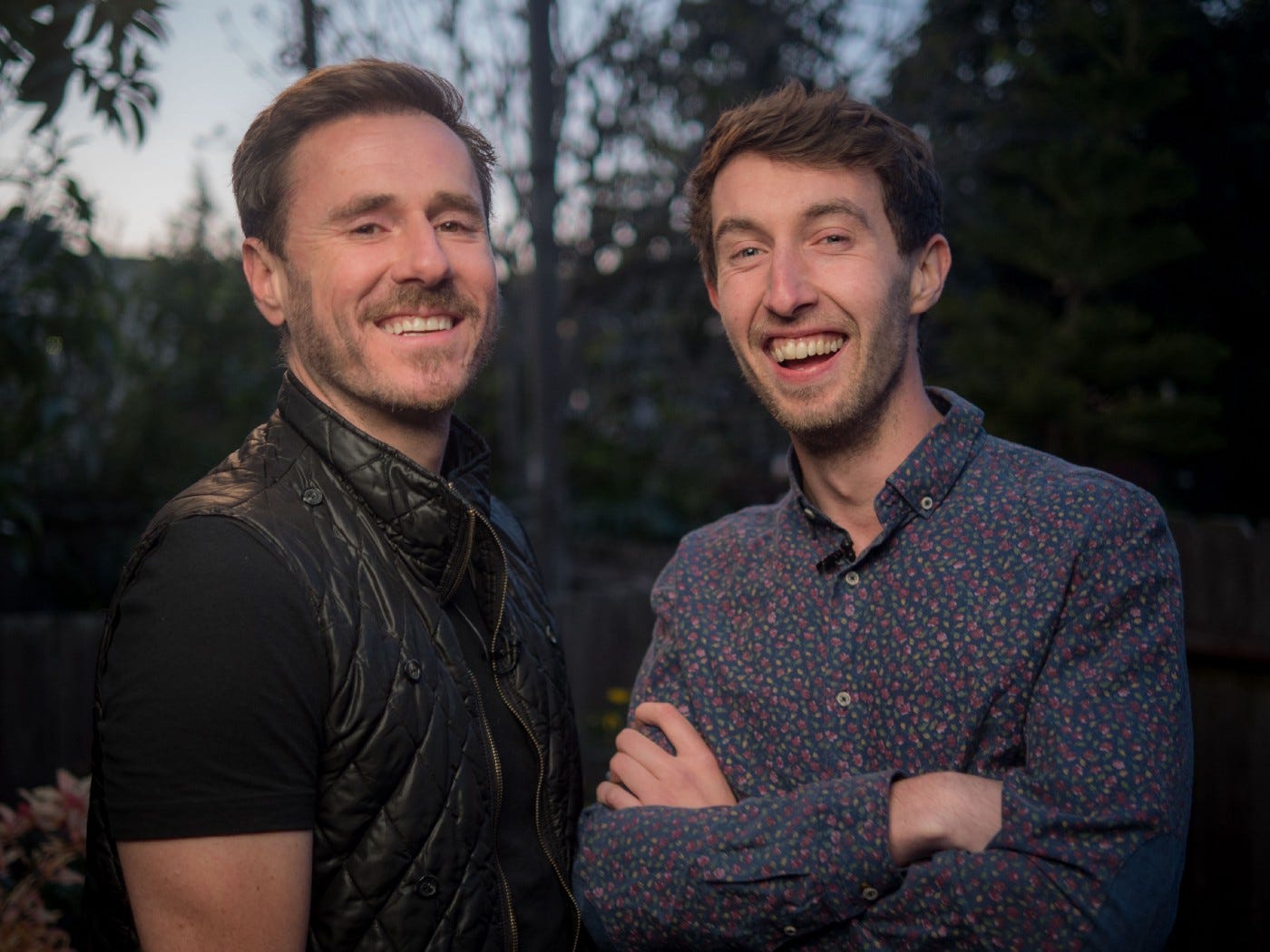Introducing Ochre Bio
At Ochre Bio, we’re developing therapies for the biggest liver health challenges, from increasing donor liver supply to reducing cirrhosis complications
What we do
There exists a major challenge: one in four people have some form of fatty liver disease, a silent killer that claims more lives than all cancers combined. It often goes undiagnosed, and it’s on the rise.
The condition also has an unwelcome afterlife: fatty livers can’t usually be donated. Instead, they’re discarded, adding to an already critical shortage of transplantable livers. One in six patients who suffer liver failure (mainly as a consequence of age or obesity) die while waiting for a transplant, and it’s estimated that by 2030, over half of donor livers will be discarded.
At Ochre Bio we are sequencing human livers at an incredible scale and resolution to study how genes and cells talk to each other. We are using genomic medicines to switch off fat-causing genes, with a starting point of rejuvenating marginal donor livers to make them transplantable - and thus improve outcomes for patients.
We are, in effect, building an ‘in silico liver’, using machine learning to map genes, to cells, to liver health at such a scale that we can make more reliable predictions from our ‘in silico liver’ before testing them in the lab.
How our technology works
Deep Phenotyping at Scale to Decode Liver Biology
Our approach is firmly rooted in computational and systems-driven learning, relying on machine learning (a subset of artificial intelligence) to analyse vast troves of data quickly and cheaply.
We leverage deep phenotyping (‘phenomics’) to digitize liver biology at scale, from healthy livers through to advanced liver disease. Deep phenotyping combines machine learning with genetics, advanced tissue imaging, and cellular genomics (single-cell and spatial sequencing) to study disease and gene systems at a tissue level.
Through this, we have uncovered hundreds of novel liver therapeutic targets at the cellular and genetic level. By 2022, Ochre will have built a complete in silico human liver atlas of over 10¹¹ measurements. We then use machine learning to spot patterns in gene causality and make predictions.
Precision RNA Therapies to Reprogramme Livers
This deeper level of understanding is used to develop new therapies for chronic liver diseases. Once convinced that a gene’s change in expression is causal, Ochre develops and optimises synthetic RNAs to knock down expression.
RNA therapies modify the ribonucleic acid (RNA) within cells and can therefore target specific functions in that cell, making their impact both more specific and potentially more effective than traditional therapies. RNA medicines are inherently programmable; the sequence of the RNA medicine can be tweaked to create a new ‘program’ that can be ‘plugged into’ the human body in order to change function and fight disease. By making small changes to the RNA sequence, we are able to optimise an existing medicine, or create an entirely new one with a different, novel therapeutic target.
Despite the programmability of RNA therapeutics, the speed and success of drug discovery is still limited by it’s assumptions and models, including laboratory animals, microorganisms, cell and tissue based systems to ensure therapeutics efficacy and safety. In many cases, animal models have failed to predict therapeutic efficacy in humans, and so begs the question, what is the model system for drug development? Perhaps Nobel Prize Winner, Sydney Brenner, sums up this difficult challenge best:
“There are many aspects of humanity that we still need to understand for which there are no useful models. Perhaps we should pretend that morality is known only to the gods and that if we treat humans as model organisms for the gods, then in studying ourselves we may come to understand the gods as well”.
In liver disease specifically, clinical trials to develop cures are exceptionally high risk and require large patient numbers because liver disease is silent until it is too late.
Regenerating Human Livers Outside of the body
After in vitro validation, our next stage is to test these RNA therapies on discarded donor livers, which gives Ochre Bio high conviction on the likelihood of success in clinical trials.
Liver clinical trials are really tough. There aren’t easy and sensitive ways to measure liver health, and so clinical trials need to be very long and large, disincentivizing scientists from developing new therapies. We’re facing a real translatability crisis.
At Ochre Bio we recognise that there’s little point in great genomics and great human-relevant research if you can’t do great clinical trials. And so we focus on patient populations where we can do great clinical trials. One such example is liver transplant trials.
With one in 1 in 4 of us having chronic liver disease, the quality of donor livers has dropped, resulting in poorer outcomes. Our hope is that the lessons we learn from improving transplant outcomes will teach us a lot about how to help patients living with liver disease.

Through our approach, Ochre Bio is able to rapidly identify, develop and test RNA therapies, bringing them from bench to human liver validation in months rather than years.
Our team
Our founders have over 15 years’ experience in liver genomics and bringing advanced therapies, including gene therapies, to the market. We brought together an expert team of wet- and dry-lab scientists as well as advisors who are world leaders in liver research and biopharma strategy.
Peter Friend, Director of the Oxford Transplant Center brings exceptional insights into transplant medicine, while Scott Friedman, Chief of Liver Diseases at Mount Sinai advises Ochre brings years of NASH expertise to the table, and Peter Hutt, former FDA Chief Counsel from 1971–1975, brings unparalleled Regulatory Affairs expertise to further bolster the Ochre team.
Changing the future of liver disease
With no existing cure for end-stage liver disease except for transplants, and with chronic liver disease representing a top 10 global cause of death, Ochre Bio is positioning itself as the expert in liver, hoping to address this real unmet medical need. Right now, we’re helping revive poor quality donor livers, so more people have access to better quality organs more quickly.
In the future we are looking to directly repair organs in patients using these precision RNA therapies. It’s a rethink of regenerative medicine, ultimately looking to remove the need for organ transplants altogether.




